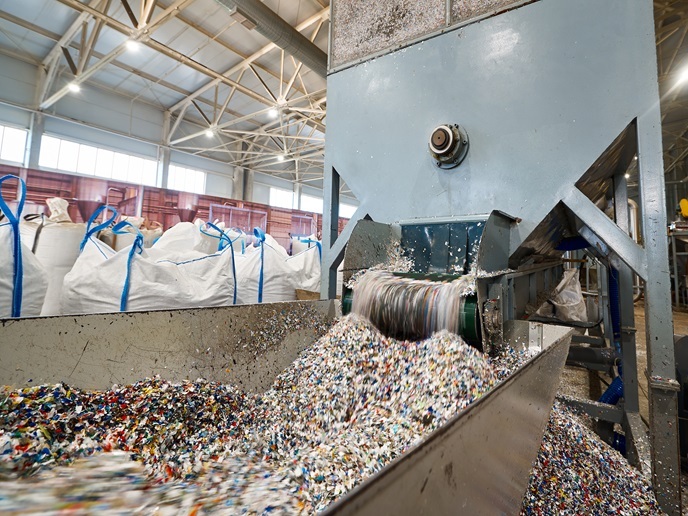A user guide to help boost European innovation
The last few years have witnessed a fundamental shift in the industrial characteristics of innovation. There is currently a wider array of flexible tools and approaches from which to draw, such as: open innovation, public/private partnerships, crowd sourcing and social media. While these can create dynamic innovation ecosystems, they can also present challenges for traditional innovation policy instruments. The EU-funded IIT(opens in new window) (Industrial Innovation in Transition) project set out to explore how companies are currently adopting new processes and management practice options across different sectors, around Europe. By also evaluating policy portfolios at the national and European level, the project was able to develop comprehensive best practice guidelines. Understanding the ‘DNA’ of contemporary innovation The IIT project interviewed 700 companies in 11 countries and conducted a separate survey totalling more than 400 responses, to crosscheck the findings. The team chose five industry sectors: biopharma, manufacturing, agrofood, ICT and cleantech. Explaining the rationale for this selection, project coordinator Professor Erkki Ormala says, ‘These sectors cover a range of different business models and traditions and together they represent a major share of the European industry.’ To illustrate the mechanisms by which innovation works in practice the team then applied further in-depth analysis to 10 case studies. As the professor recalls, ‘The next task was the huge job of codifying the collected data in such a way that we could really trust that the results were comparable and reliable.’ Part of the challenge was the need to classify accurately companies within the various sectors. For example, cleantech is not a classical industry sector, but the team felt that as a growing industry it would offer insights that made it worth including in their taxonomy. The project created an open database, which includes all the (codified and anonymised) research data. The work also resulted in the production of a toolbox, which provided a detailed description of the research process with instructions for coding and analysis. This allows scientists working in the field to use the data for further analysis. It also means that innovation policy makers can replicate the study and compare their findings with other European experiences. Professor Ormala reflects that, ‘This kind of study should be done regularly to keep track of how innovation changes and to keep policies updated.’ Already, three more countries have expressed interest in conducting a similar study. From analysis to recommendation Crucially, the IIT project also produced a good practice guide to help European companies improve their innovation performance. Findings also included a list of the most critical barriers to innovation, as well as recommendations on how to eliminate these, both at the national and European levels. Market access issues, provision of risk financing, Research & Development & Innovation funding instruments, inconsistency of policy and regulatory environment, are good examples of challenges at the European level. The challenges at the national level include a significant skill shortage, lack of an effective public/private cooperation and open innovation, as well as financing constraints. The work has already had significant impact. For example, high-level workshops have been held with policymakers in several countries and the EU Commission organised an internal workshop to learn how the findings could be used to improve the European innovation landscape. Indeed, the project has already changed the innovation policy portfolios in some member states, for example in Finland. As Professor Ormala summarises, ‘Now we have a fuller evidence-based understanding about the challenges European industry faces when trying to innovate, grow and create jobs. Our study is also important for the design of FP9 and planning for mission-oriented research.’







